The Article
Dual MTR-75 Turntable: Press-Buttoned Up And Ready To Go
21st April 2017
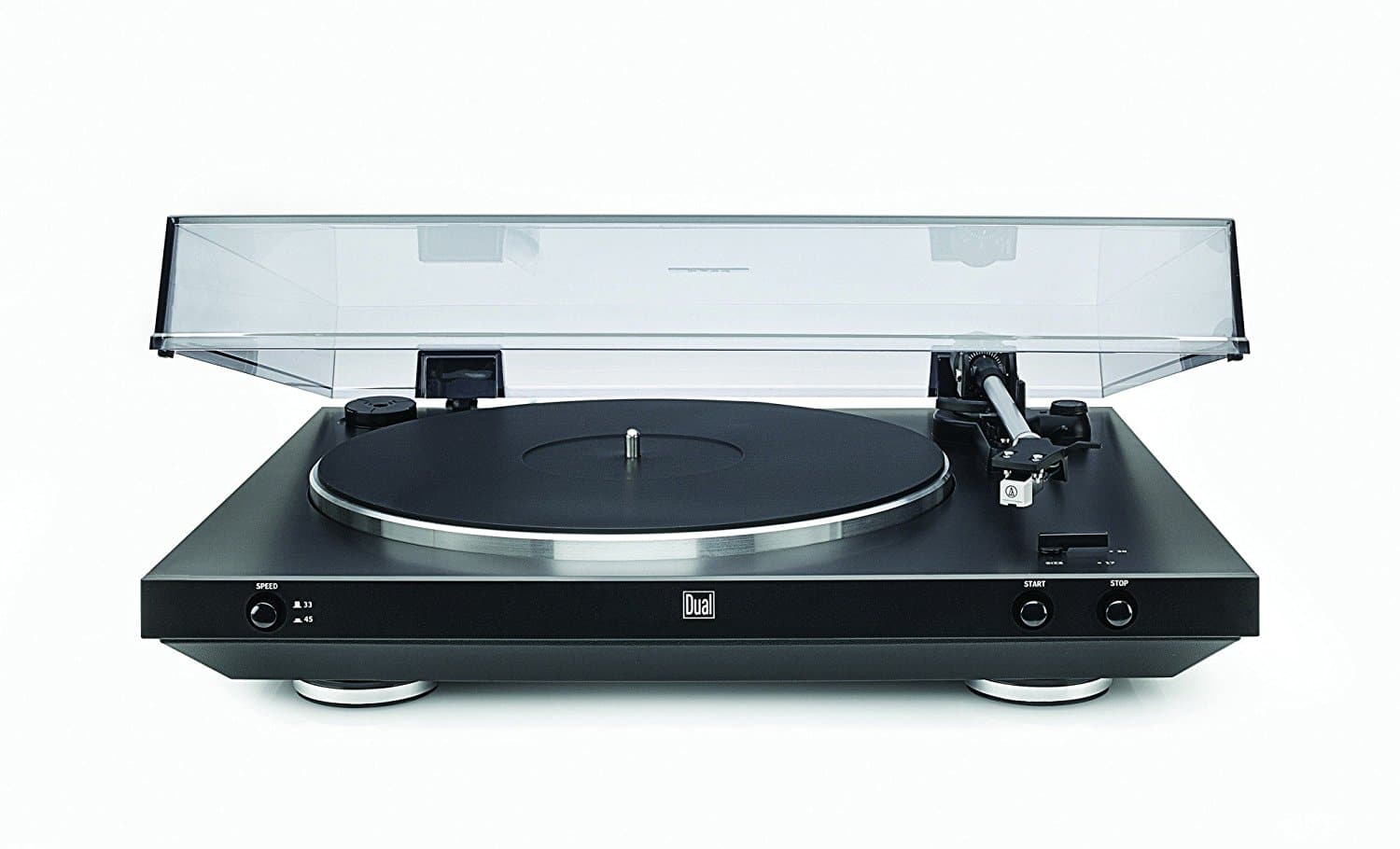
“This turntable is automatic, it’s systematic, it’s hydromatic. Why it’s greased lightnin’!” With apologies to John Travolta, Paul Rigby reviews the Dual MTR-75 turntable
Made in China – not Hanpin in Taiwan – which allows Dual to maximise its budget, this automatic, two-speed (33 & 45) turntable arrives with a dust cover (which I recommend that you remove during play to reduce noise).
And yes indeed, you read all of the above correctly, the Dual offers the promise of full automatic operation. A feature that harkens back to the glory days of 70s-based turntables. This means that, pressing the Start button on the front of the plinth, the turntable will lift the arm off its cradle, swing it to the beginning of the record and gently lowers it onto the grooves. Pressing the adjacent Stop button will reverse the process. At the end of the record, the arm will automatically lift and, again, be placed back on the cradle. It’s like stepping back in time. You can, alternatively, manually finger-lift the arm to the record.
To aid the position of the arm during automatic play. There is a mini-swinging selector arm on top of the plinth for 7” and 12” LP records. It irritates the hell out of me, though, that the labels for both of these record sizes are printed in centimetres (17 and 30)! A comment addressed to Mr Dual: the essence of a ‘7” single’ is invested both with tradition, ritual and even religious-like observance. No-one ever has or ever will eagerly show off their very rare 17cm single to their friends or point out the the B-side that band’s well known 17cm single was never included on their 30cm album.
I would even be tempted to paint over the figures and replace them with rub down Letraset-type transfers.
Centre-based on the plinth is the metal platter with rubberised mat a-top. A phono amplifier is included along with a USB port while a CD featuring the music software, Audacity, is also included. Hence, digital recording can be achieved easily.
The arm features a removable bayonet headshell and an adjacent anti-skate wheel plus a finger lift and damped arm lift. The included Audio-Technica AT3600 cartridge runs at a rather scary 3-3.5g downforce. This cartridge runs fine at 2.5g (which would aid the life of your delicate vinyl, an issue that Audio Technica itself recognises. See its comments on the end of p.23 of this document) but, as most people (most being beginners) will follow the included instructions to the letter, I decided to test the deck at 3.25g, a half-way house to the instructional recommended figure.
The only problem I have here is the complete lack of any sort of arm security latch. As it stands, any beginner can easily knock the arm off its perch which may lead to stylus damage. Of course, the automatic nature of the turntable operation means that there is less reason to touch the arm at all. Yet ‘sod’s law’ and life often conspire to get in the way. Having a hand anywhere near that arm, in use or not, threatens possible disaster. A possible cheapo solution? A dot of Blutack on the cradle to add extra security in between plays.
Dual has been left with a bit of a quandary here. Counting up, you’ve got a turntable and cartridge included, a phono amp plus USB and then you’re asked to remain competitive in price and sonic terms with other budget turntables, many of which have not got that budget-sucking feature list. Something has got to give and the build quality is it. The chassis does feel rather lightweight and plastic and, well, cheap. The design looks ok but, when you pick it up, there is a disappointing lightness in weight and a slightly tacky element to the overall make-up of the thing. The sturdy reference Rega RP1, of around the same price, weighs in at around 5.5kg, feels and looks solid while the Dual is a touch under 4kg. And that’s including Dual’s built-in phono amplifier.
SOUND QUALITY
I began the test with the Dual hooked up to my reference chain via the internal phono amplifier. Although admirable in sonic terms and one that will get any analogue fan underway in terms of playing vinyl, the general sound output was rather vague and wooly at the bottom end with a severe lack of upper frequency extension. I repeat, though, the internal unit is fine for a vinyl listening beginner and offers a generally commendable initial sound output. An upgrade to an external unit is top priority, though.
What I wanted to do and concentrate upon, was to test the basic design of the actual turntable so I quickly plugged in my external Trichord phono amp and played a Vinyl180 reissue of Gary Numan’s Me! I Disconnect From You from Tubeway Army’s Replicas LP.
My first impressions were a little mixed. On the negative side, the overall sound quality offered very little discipline in terms of both the upper and lower frequencies. So, within the treble and midrange, both tended to smear over the soundstage, sounding like the aural version of a splat. The lack of precision in this area allowed Numan’s vocals to wander all over the place, invading the space of much of the synth-based instrument backing. The bass offered similar issues. In this case, the lower frequencies bloomed and blurred, smudging and veiling subtle synth effects on both channels. This lack of focus masked important detail.
There were plenty of positives, though. Firstly, this turntable was supremely musical. Listened to in isolation, without reference to another turntable as part of A-B testing, the Dual sounded fun! In what way? Bass had an organic feel to it, very analogue and naturalistic. Percussion had a feeling that there was a human hitting a piece of skin stretched over a metal ring. There was a true-to-life aspect to the drums.
Compare the drums directly with the Rega, for example, and you hear the issues with that assertion but listen to the Dual on its own and your ear is fooled into believing otherwise.
Same thing with the vocals, Numan sounded like he was have a whale of a time, genuinely enjoying himself and getting ‘into’ the music while the high energy and dynamic backing rocked like crazy.
Onto a slice of vocal jazz and Earl Coleman’s Love Songs featuring Billy Taylor’s band, the 1968 Atlantic release and the track, People. Coleman had the Billy Ekstine bass-type delivery but, in this case, it was swamped by the echo chamber.
The bloom around the bass affected this track less because well, there was less bass. Hence, less detail was masked, more subtlety was ‘visible’ to the ear and a great amount of emotion was present in the vocal performance as well as secondary instruments such as the flute. That said, the same midrange smearing occurred here which, in conjunction with that ‘echo chamber’ reverb, offered an uncontrolled and indistinct presentation. The lack of focus meant that the piano was rather bland and lacking in guile and the brass section was rather veiled. There remained a sense of fun, entertainment and celebration about the Dual’s overall presentation though. Because jazz is more of a precision-based discipline, with more emphasis on detail and less on high energy, dynamic slam, the Dual suffered more here when trying to cope with the meticulous and highly skilled talents of the featured Billy Taylor band.
CONCLUSION
The above sound quality tests were formed in direct comparison to the Rega RP1, probably the best budget turntable on the planet. So any conclusions have to be tempered. Firstly, the RP1 doesn’t have the baggage of Bluetooth and an internal phono amp which, by their very presence, will hamper sound quality so the Dual is not working on a level playing field here: there are compromises to consider. Doubly so when you consider that both turntables are to be bought for around the same price but the Dual’s budget has had to include a host of extra features…which all cost money in themselves. The Rega cannot compete at all if a built-in phono amp and Bluetooth are important to you, never mind that automatic play function which, for some, will be a deal breaker right there.
If you do buy the Dual I would urge you to get saving. Ignore questions of upgrading amps and speakers and the like. Firstly, buy yourself a low cost cartridge that moves away from the soporific conical stylus and then grab a low-cost phono amplifier. The Dual will thank you for it. You’re welcome to contact me for upgrade advice nearer to the time (any advice I might offer here might be out of date when you’re ready to upgrade).
Considering the host of features on show along with a reasonable sonic output, the Dual offers great value for money and a reasonable sound.
DUAL MTR-75 TURNTABLE
Price: £250
Website: www.bigredsales.co.uk
Tel: 01344 893932
GOOD: automatic play, easy to use, free phono amp and Bluetooth, value for money, musicality
BAD: lack of focus, unbalanced output, veiled mids, bloomy bass, build
RATING: 6
REFERENCE SYSTEM
Rega RP1 turntable
Trichord Dino phono amplifier
Rega Brio-R amplifier
Spendor S3/5R speakers
Tellurium Q cables
All vinyl was cleaned using an Audio Desk’s Ultrasonic Pro Vinyl Cleaner

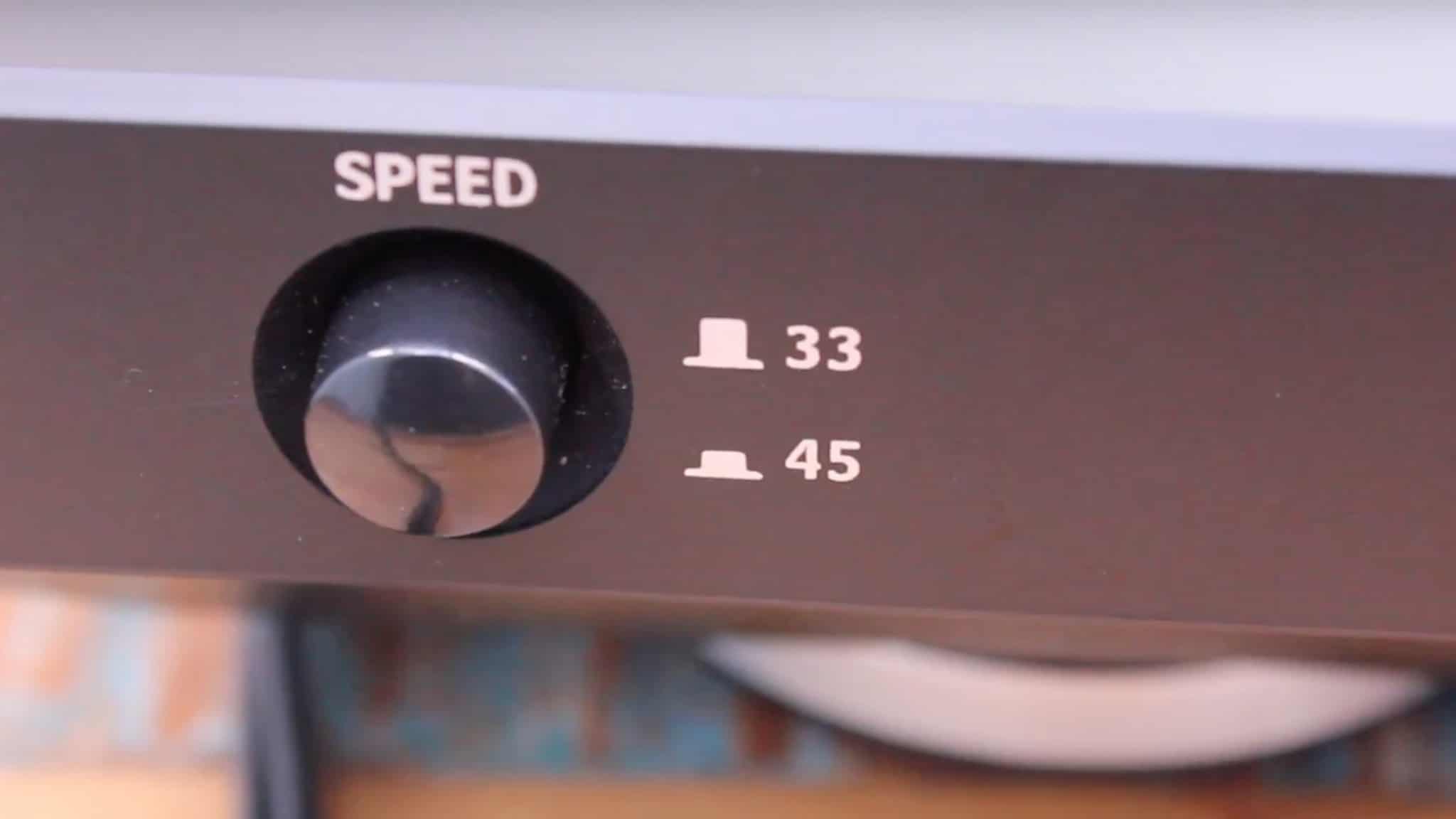
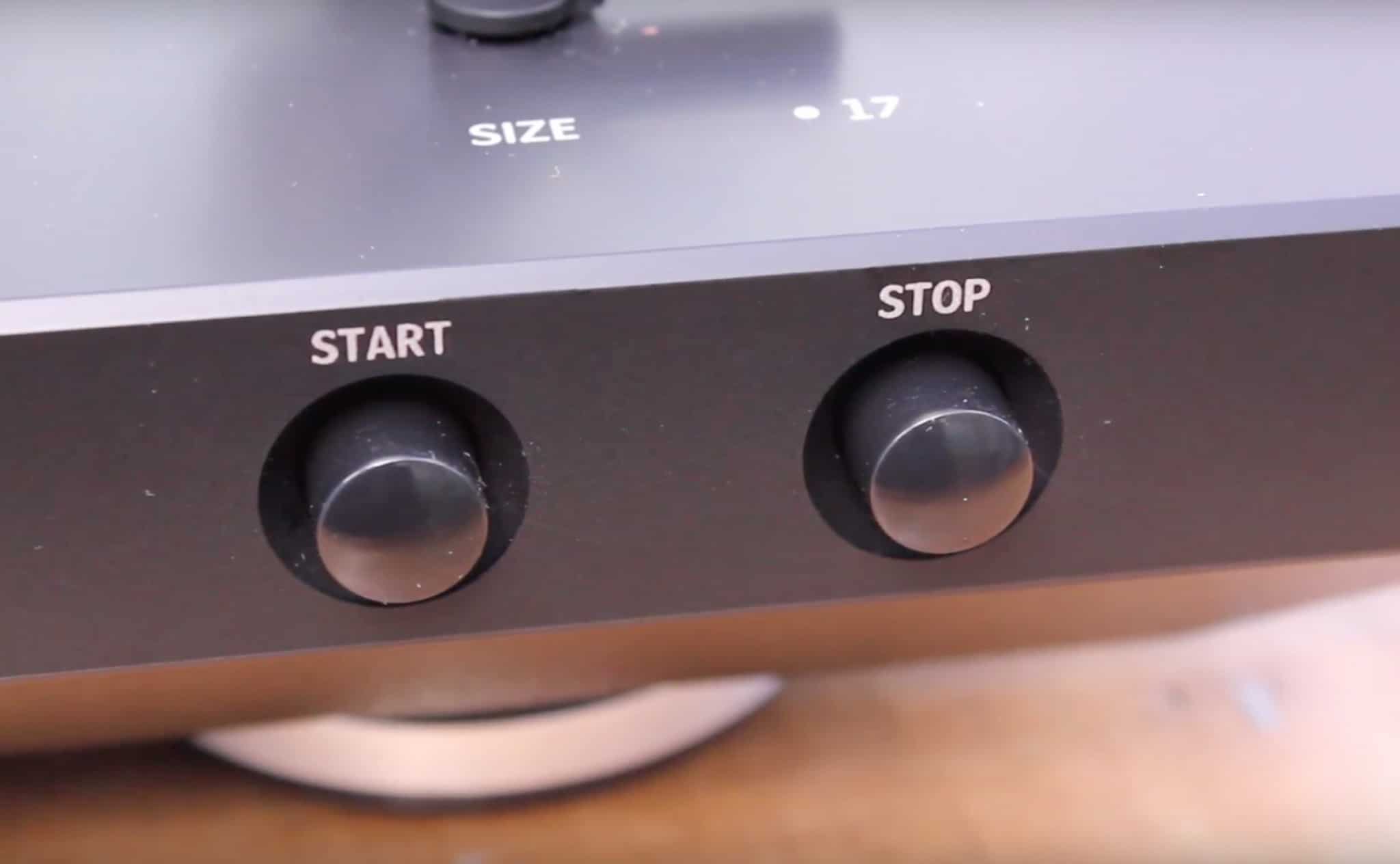
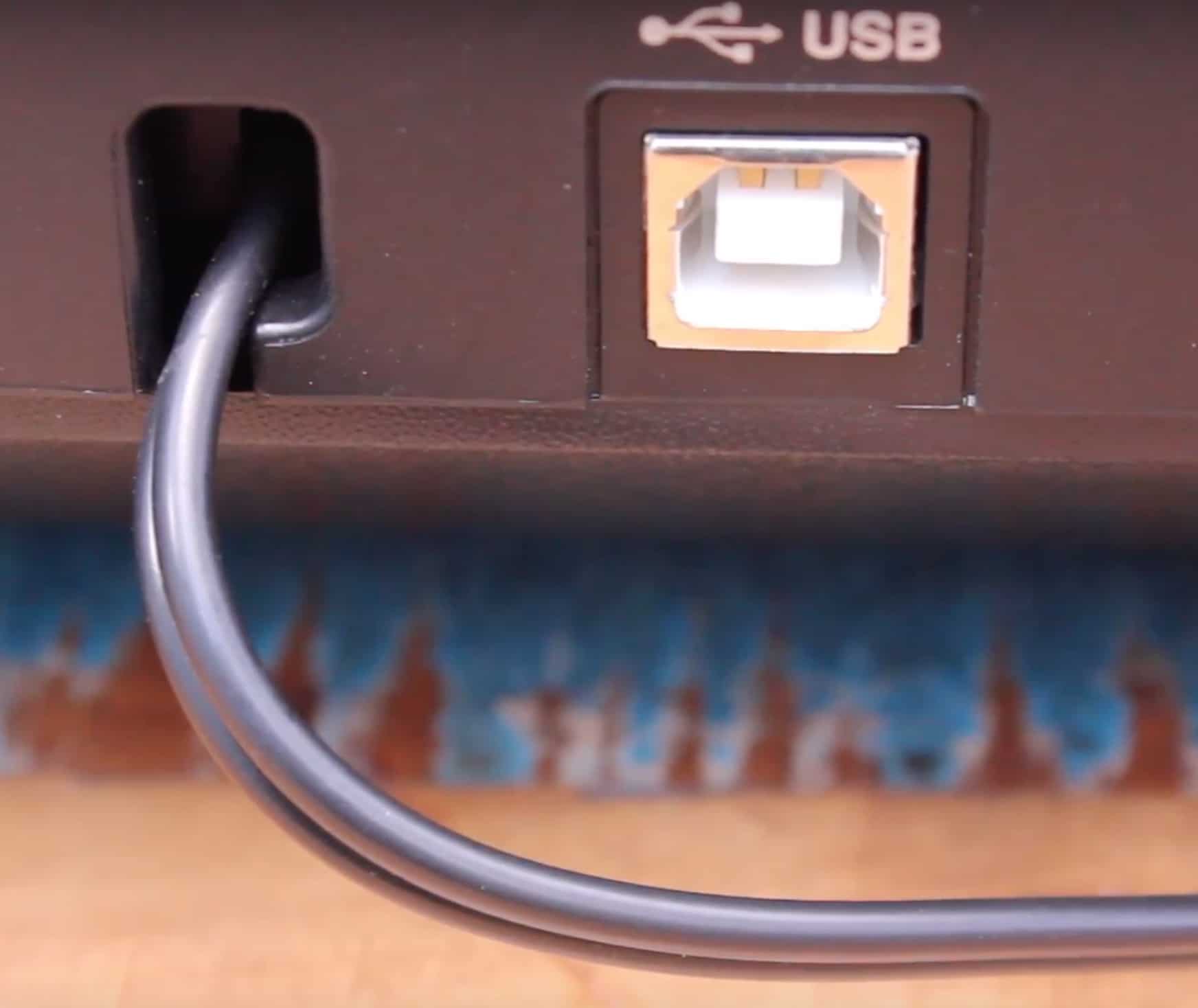
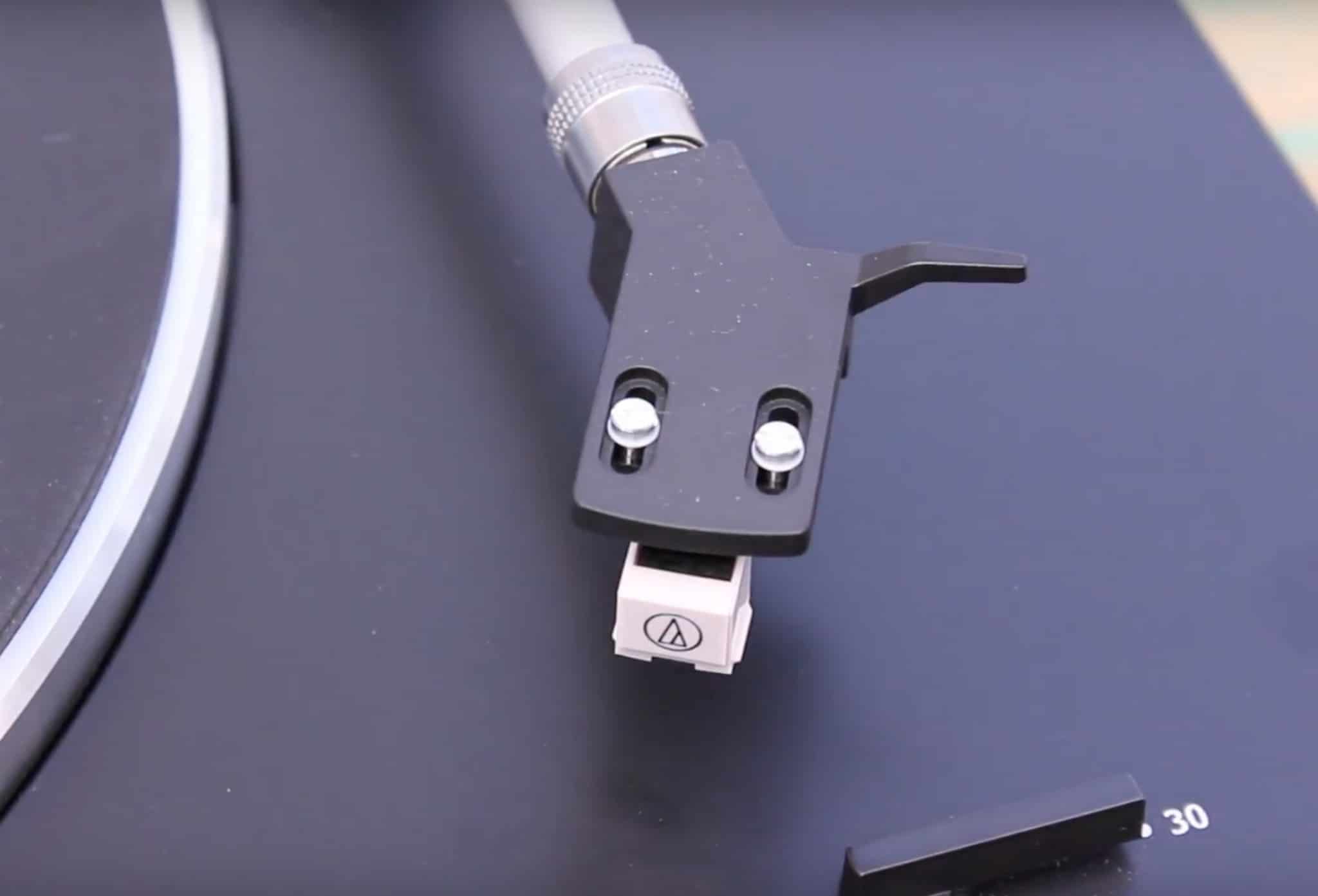
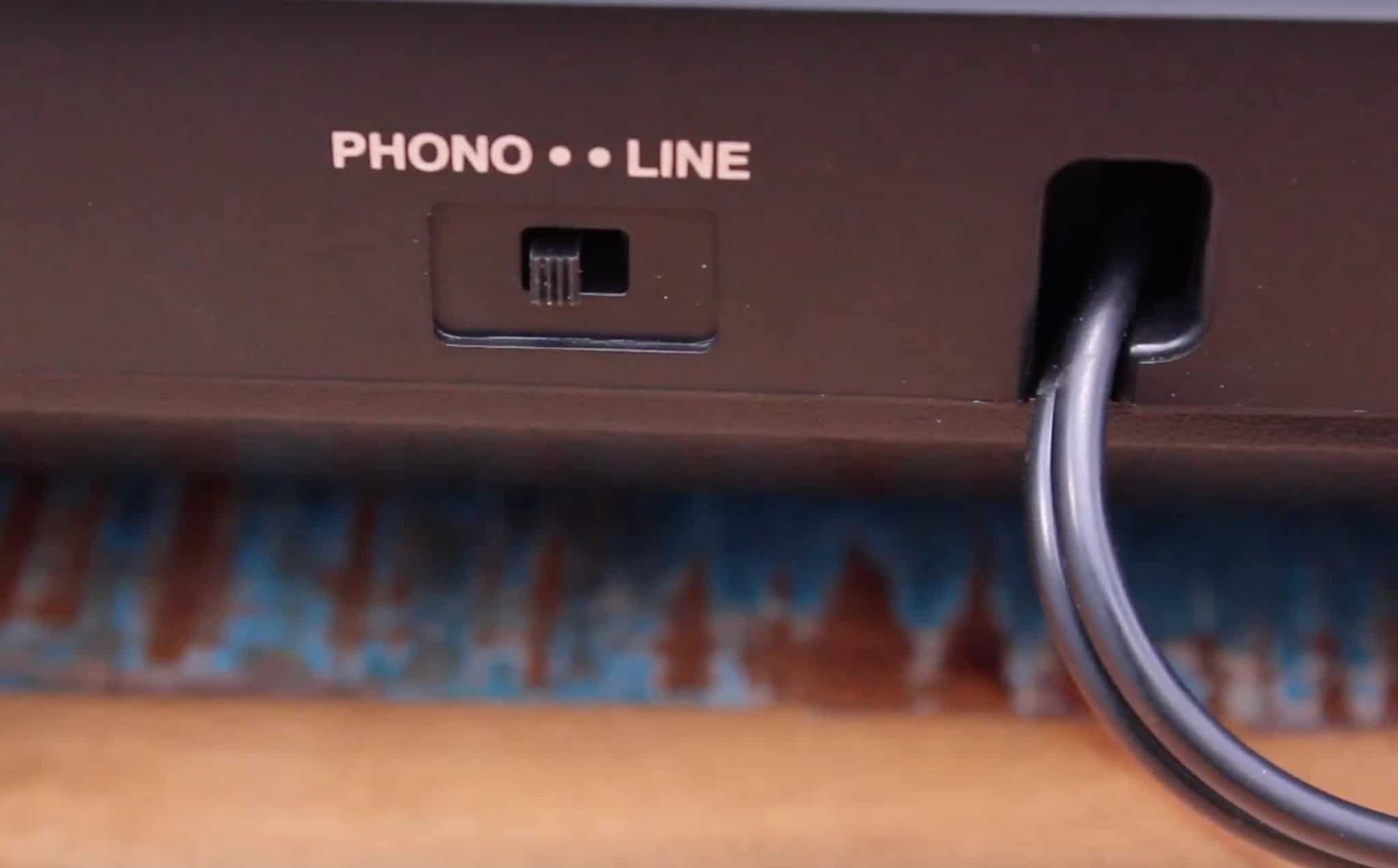

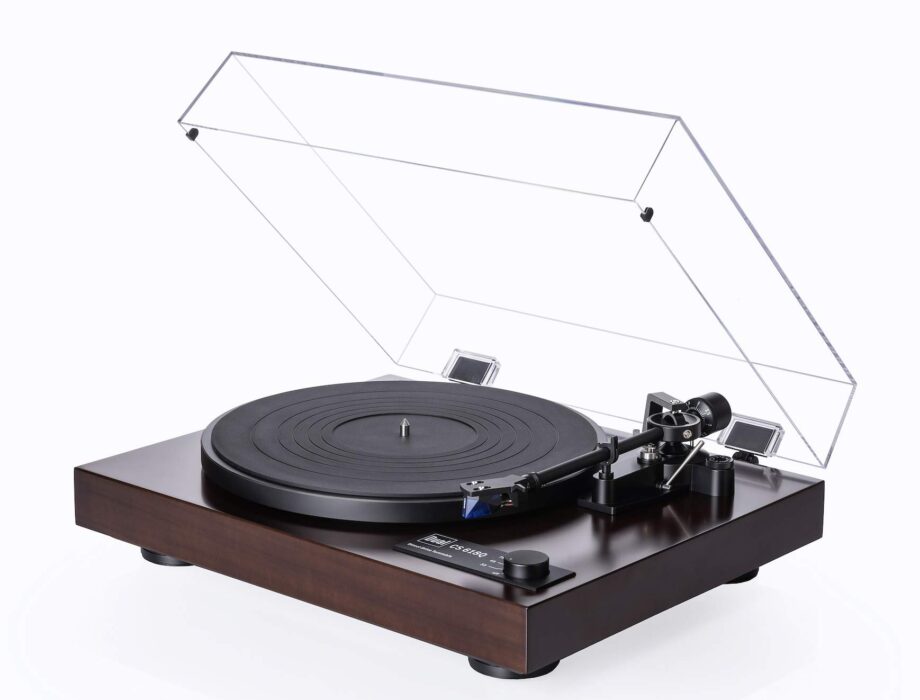
Hi Paul
I have the DUAL MTR-75 TURNTABLE can you tell me what headshell fits and what protractor to use as there is no
information in the instructions that came with it.
It’s a standard SME-style fit Stephen, pretty common as headshells go. As for the protractor – do you mean to set up a cartridge? Try this one: https://www.russandrews.com/polaris-cartridge-protractor-50409990000/